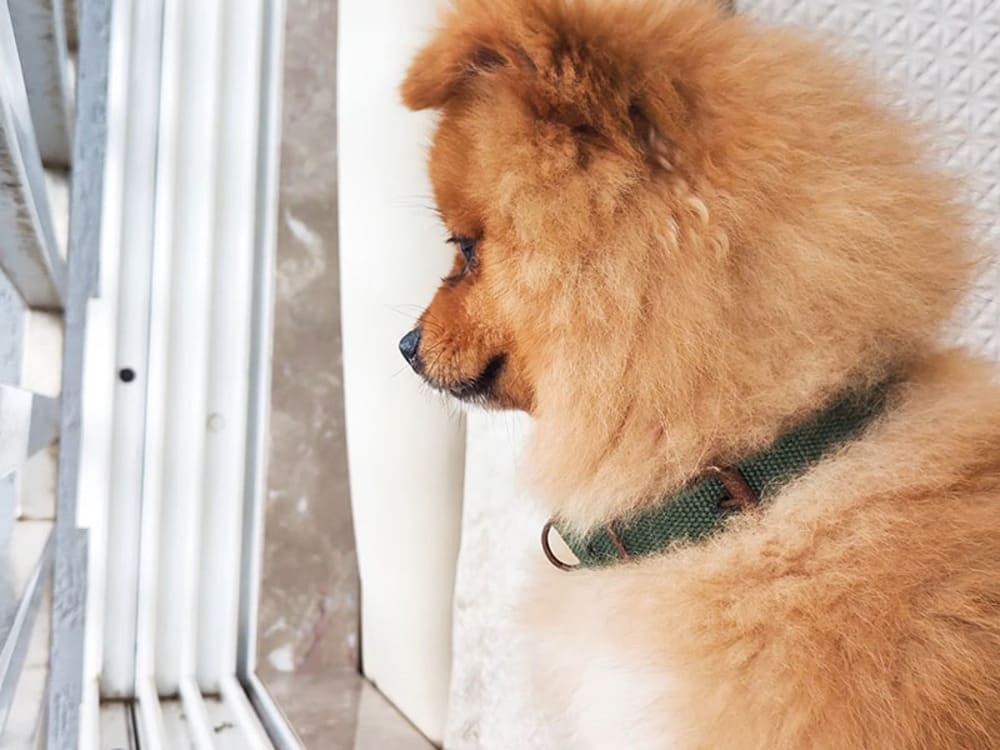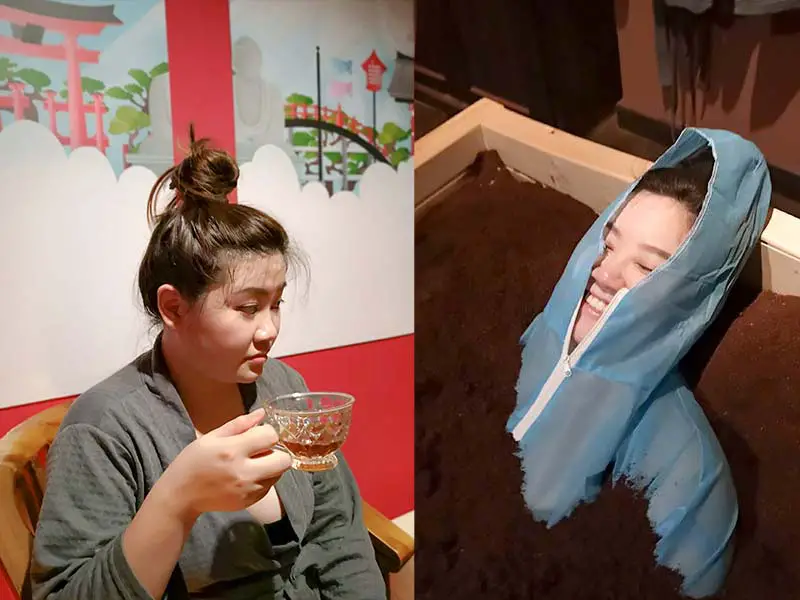These days, it’s quite difficult to find a decent work from home job. It’s pretty much inevitable that we have to head to office, leaving our Pomeranian at home until we come back again. During this time, it’s just a common concern to think, can Pomeranians stay alone? What to prepare for them before leaving the house? Let me share with you some guidance on this!

Table of Content
- Can Pomeranians Stay Alone
- How long can Pomeranians stay alone?
- Are Pomeranians prone to separation anxiety?
- What are some tips for leaving Pomeranians alone?
- Should I crate my Pomeranian when I’m not home?
- How to train Pomeranians to be alone?
- Separation anxiety in Pomeranians solutions
- Pomeranian separation anxiety symptoms
- Pomeranian alone overnight
Can Pomeranians Stay Alone
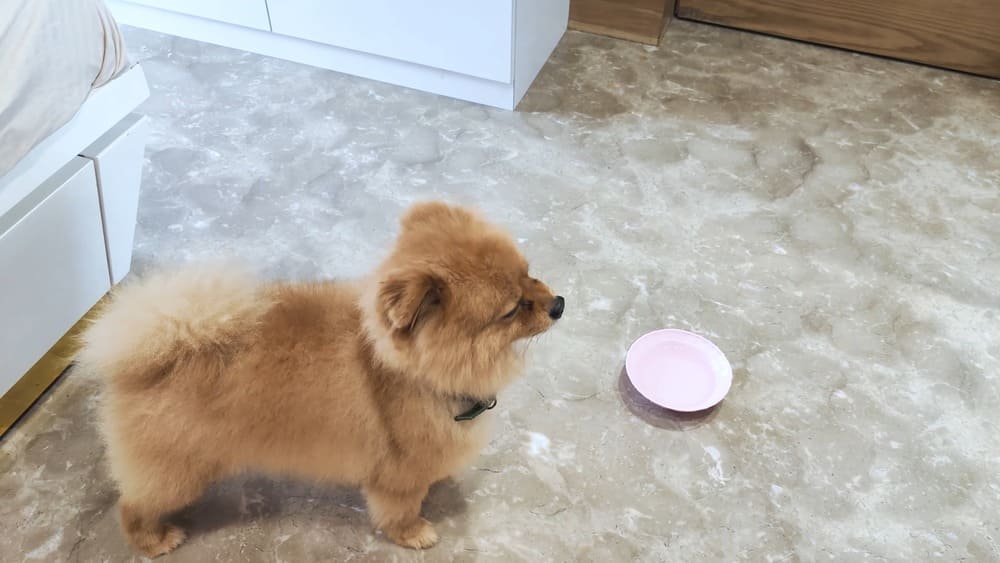
As a Pomeranian owner, you might often ponder: Can Pomeranians be left alone?
Yes, Pomeranians can be left alone with some proper preparations such as home alone training, crate training and having dog toys around to keep them occupied. Age, health and temperament also plays a factor on how well they can be left alone in the house.
Well, since Pomeranians are known for their live and vibrant disposition, letting them have ‘Pomeranian alone time‘ might seem a bit daunting. The question becomes even more gripping when considering overnight stays or when leaving Pomeranians home while tending to daily errands.

While these dogs are generally loving, they may display signs of ‘Pomeranian separation anxiety‘. This anxiety can manifest in multiple ways and experts have identified Pomeranian separation anxiety symptoms in countless cases. These might include continuous barking, chewing inappropriate items, or even an alarming lack of appetite.
To prevent Pomeranian separation anxiety, a well-rehearsed routine with set alone times should be established. Regular exercise and active playtime, before and after leaving them alone, can aid in managing their anxiety levels. Additionally, finding the best toys for Pomeranians alone time can provide the necessary mental stimulation to keep them happy and engaged.
As an experienced Pomeranian owner, I’ve often turned to ‘Pomeranian home alone training‘. Concepts like Pomeranian crate training can be really helpful in creating a safe and secure space for your pup. Training Pomeranians to be alone not only keeps them secure when alone at home, but it also helps them cope with the lonesomeness during nights.

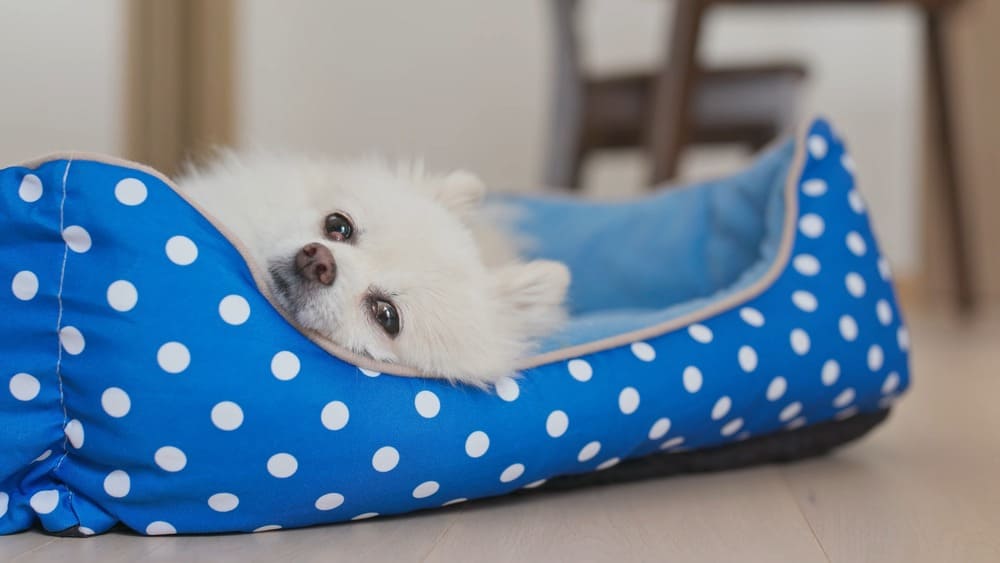
While these measures are effective, understand that the practice isn’t one-size-fits-all. Determining how long Pomeranians can be alone depends on an array of factors namely their age, health status, and personal temperament. So, even though some Pomeranians might acclimate to solitary time quicker, some may take longer.
But end of the day, my dedicated efforts have shown positive results. There has been a noticeable decrease in separation anxiety episodes, leading to a more content and happy furry friend. Over time, my Pomeranian has started to enjoy his alone time, even looking forward to it. So, can Pomeranians stay alone? With the right routine and measures, they certainly can.

How long can Pomeranians stay alone?
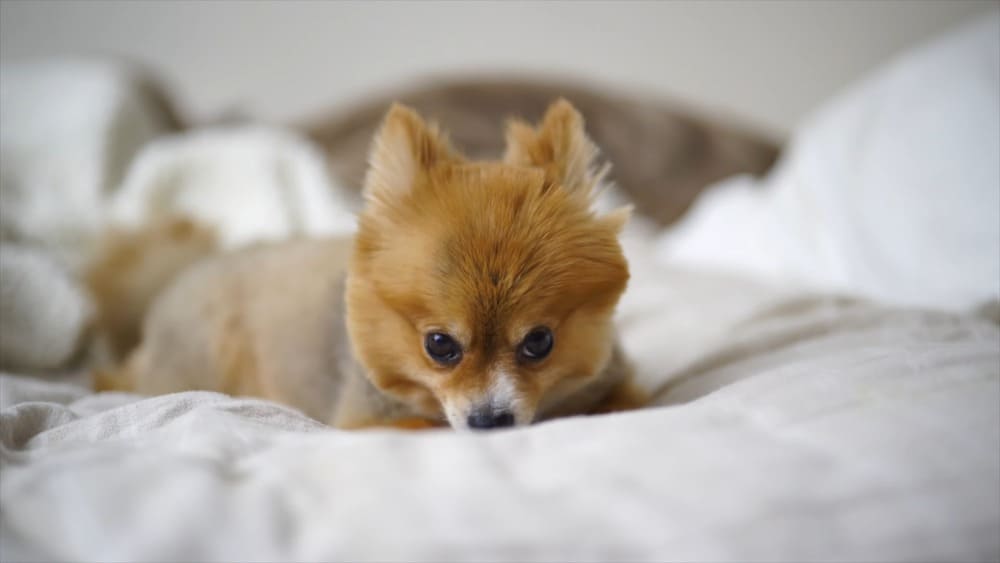
When addressing the question of how long Pomeranians can be left alone, it’s essential to understand that this varies. Typically though, mature Pomeranians can stay alone for about 6 to 8 hours. On the other side, puppies can struggle with any amount of alone time.
Long hours of solitude can lead to Pomeranian separation anxiety, a common problem. Spotting Pomeranian separation anxiety symptoms early can prevent potential issues. These can include excessive barking, destructiveness, or marked changes in behavior.
Practices like Pomeranian separation anxiety training can help to manage this issue. This includes methods like crate training, which offers a secure place for your Pomeranian when you’re not home. Implementing this training helps your Pomeranian associate the crate with positive experiences, thus reducing anxiety.
Adding toys can also reduce Pomeranian separation anxiety. When leaving Pomeranians home alone, the best toys for alone time can provide needed distraction and mental stimulation.
Remember, your Pomeranian’s ability to handle solitude broadly depends on age, health, and temperament. Maximum alone time will vary between individual dogs. Regular vet visits can help maintain your Pomeranian’s health, further enabling them to manage longer periods of alone time.

Are Pomeranians prone to separation anxiety?
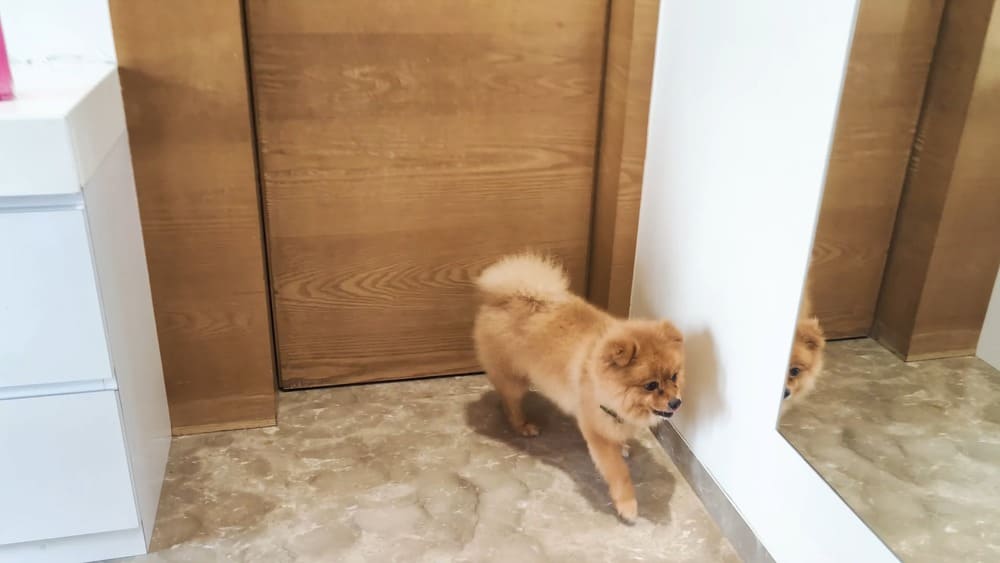
Yes, Pomeranians can indeed develop separation anxiety. Just like other dog breeds, they’re pack animals and crave companionship. It’s vital to remember that every Pomeranian is an individual, so their tolerance for alone time will vary.
A Pomeranian’s alone behavior plays a significant part in assessing whether they can be left alone or not. Pomeranian separation anxiety symptoms like excessive barking, chewing, and exhibiting a change in appetite are tell-tale signs of discomfort with being alone.
One of the best ways to prevent Pomeranian separation anxiety is through the use of specific training methods like crate training, which provide a safe space for the dog. Pomeranian crate training can be a useful way of giving them a safe, secure area where they can spend alone time without fear or stress.
Leaving Pomeranians home without anxiety might never be completely attainable, but it’s also crucial to provide them with plenty of distraction when you’re not around. Which is why investing in best toys for Pomeranians alone, such as puzzle toys, can help their time pass more quickly.
So, it’s not that Pomeranians can’t be left alone, but their capacity to manage Pomeranian alone time needs careful cultivation and comfort objects. Training Pomeranians to be alone becomes an essential part of their upbringing and goes hand in hand with early detection of any anxiety-related issues.

What are some tips for leaving Pomeranians alone?
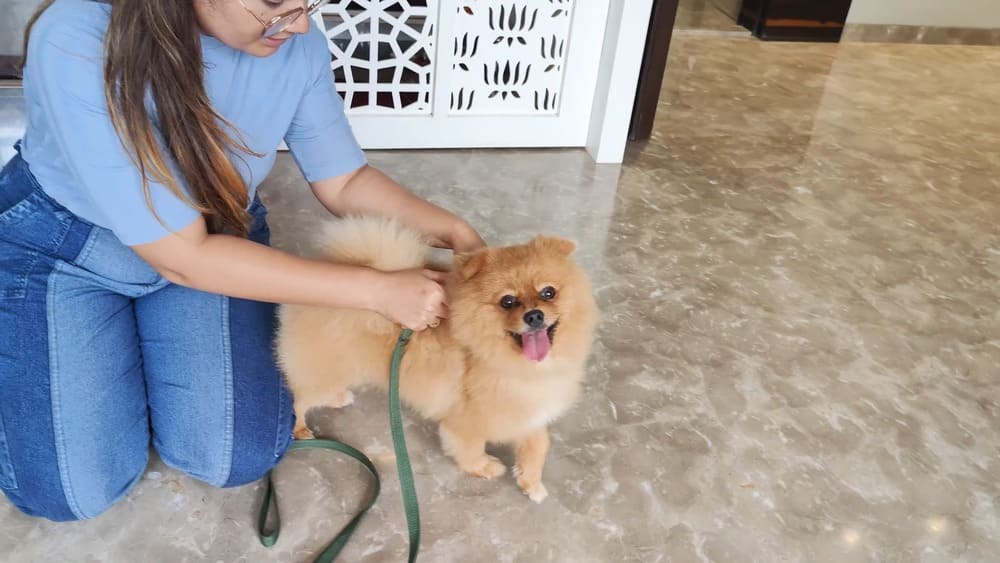
When it comes to leaving Pomeranians home, it’s a widely acknowledged fact that they’ll require some preparation due to their potential for developing Pomeranian separation anxiety. So, how can you manage Pomeranian alone time?
First off, proper Pomeranian home alone training is vital. This training should start as early as when they’re puppies and should be done gradually. I like to encourage a step-by-step approach. Start with short separation periods and gradually increase the duration. Eventually, your Pom will get accustomed to being on their own.
A key way to prevent Pomeranian separation anxiety is by creating an inviting environment. This includes their crate. Pomeranian crate training is an effective solution. The crate should feel like a safe haven, not a punishment location. Fill it with familiar, comforting items like their favorite blanket and toys.
Speaking of toys, the choice of toys can make all the difference. Interactive puzzle toys are among the best toys for Pomeranians alone. They provide mental stimulation and keep them busy, hence reducing the anxiety triggers.

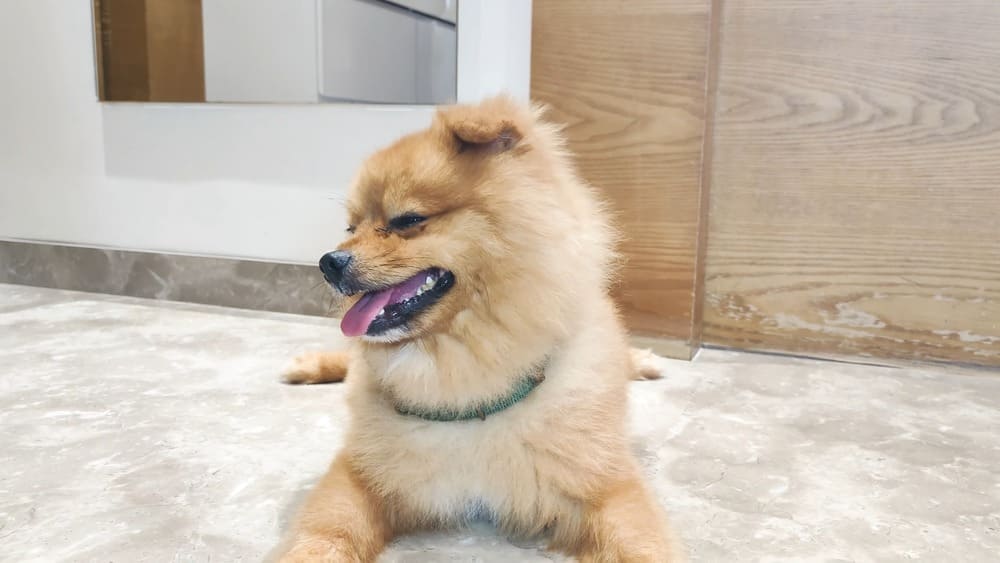
When looking into Pomeranian alone behavior, one essential tip I’ve discovered is never to make a big deal when leaving or arriving home. By keeping your exits and arrivals low-key, you discourage attention-seeking behavior and anxieties triggered by dramatic goodbyes.
Leaving Pomeranians home at night, or even alone overnight, can be a bit tricky. Yet with proper training and the right warm, comfortable environment, your Pom can manage it just fine.
Take these Pomeranian separation anxiety solutions to heart. Apply them consistently and you’re well on your way to training your Pomeranians to be alone, reducing their stress, and promoting their overall well-being.

Should I crate my Pomeranian when I'm not home?
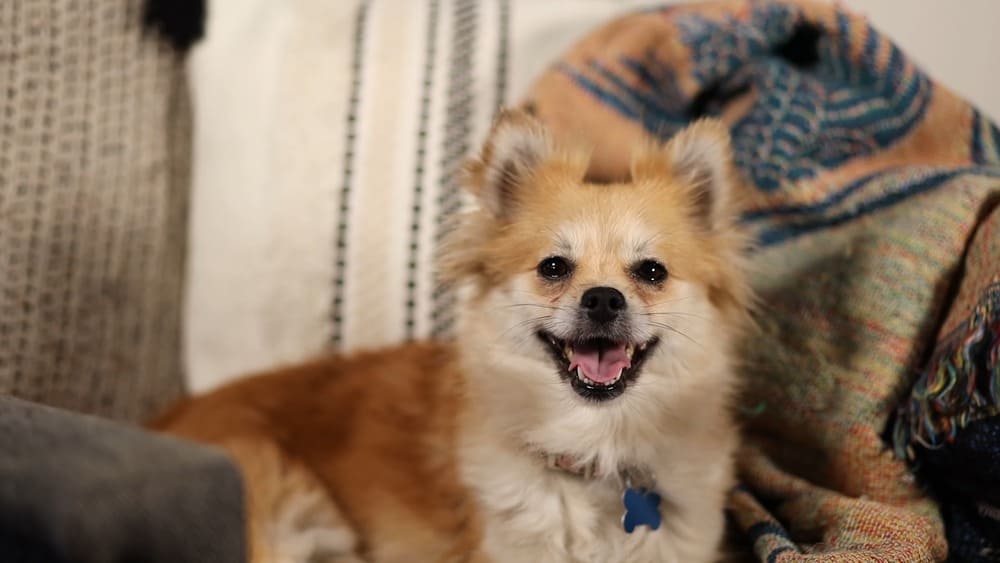
This question tends to come up quite often. Pomeranian crate training is one effective method to handle Pomeranian separation anxiety. Let’s take a look at why it can be beneficial.
Crate training replicates a Pomeranian’s natural instinct to seek out a den-like environment. A properly sized, cozy crate can offer a sense of sanctuary where they feel safe. With time, this becomes the place that a Pomeranian associates with relaxation and it helps to manage their Pomeranian alone time.
One key consideration when crate training is selecting the right size. It should be just large enough for your pet to stand, turn around, and lay down comfortably. Including a comfy bed and favorite toys can make it more appealing and keeps your Pomeranian alone at home entertained.
Remember, though, that leaving Pomeranians at home in their crate isn’t meant to be a solution for an extended amount of time. How long can Pomeranians be alone? Most experts agree that Pomeranians shouldn’t be left alone in their crate for more than four hours. Using a crate should be part of a broader Pomeranian separation anxiety training strategy that includes other activities and coping strategies.

How to train Pomeranians to be alone?
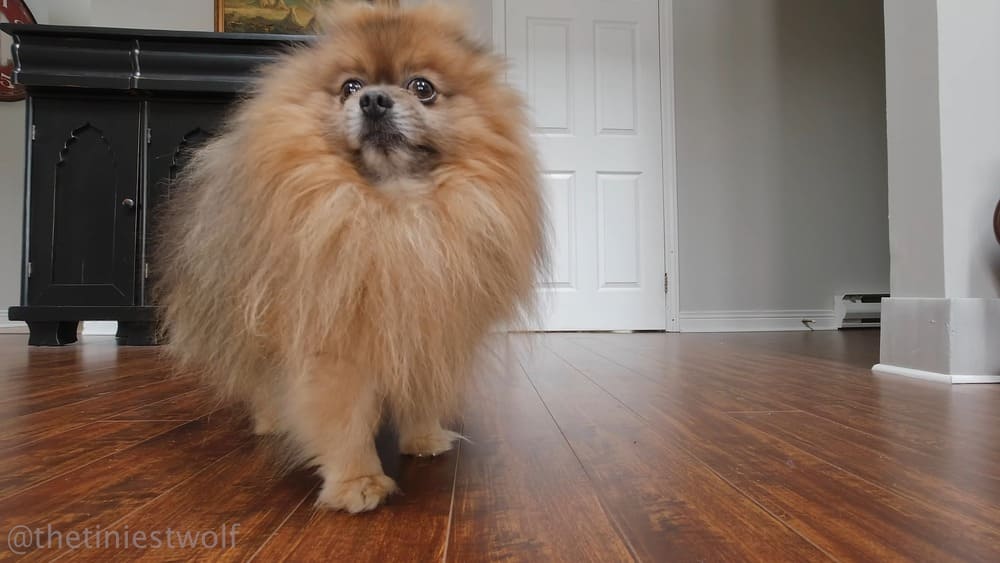
Training Pomeranians to handle alone time is not only beneficial for you but also for your furry friend. Pomeranian separation anxiety can lead to destructive behaviors and overall distress.
One of the most effective ways to manage Pomeranian separation anxiety is to make leaving and returning to home a low-key affair. Less dramatic exits and entrances may help alleviate the anxiety experienced when you’re not around. This approach trains your Pomeranian for alone time, gradually reducing their dependence on your presence.

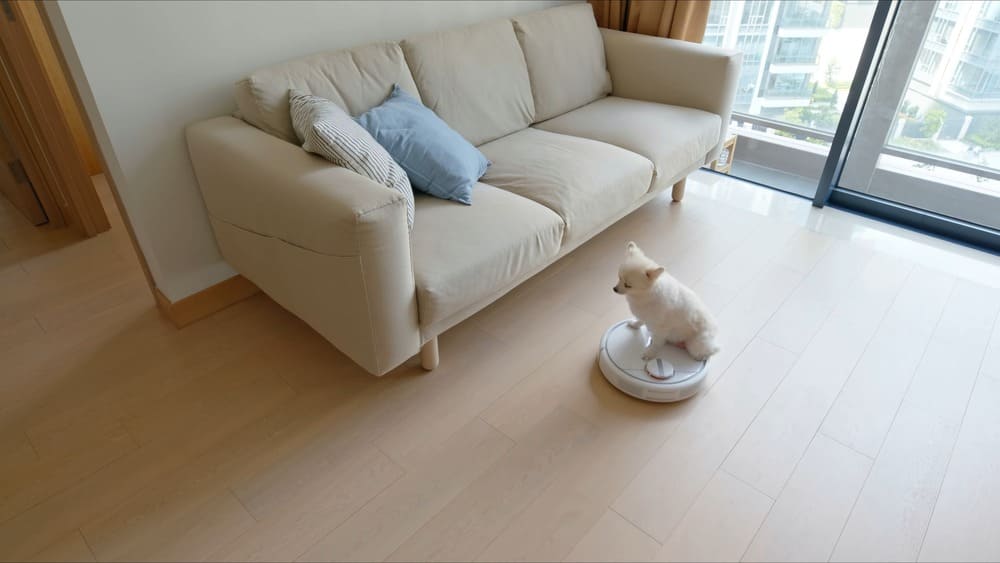
The role of Pomeranian crate training cannot be overlooked. This practice helps reinforce the perception of the crate as a safe haven, reducing anxiety when they’re left alone. Be sure to keep the crate comfortable and inviting, with their favorite toys helping to make it a calming environment. However, remember crate time should not exceed four hours at any given point.
Another effective strategy is using Pomeranian alone time entertainment. Engaging toys and puzzles can help keep your pet occupied, reducing their focus on your absence. Moreover, it can also contribute to their overall mental stimulation, indirectly mitigating destructive behaviors stemming from being alone.
In a nutshell, by combining these strategies, you can help manage Pomeranian separation anxiety and create a peaceful environment for your pet when they’re home alone.
Separation anxiety in Pomeranians solutions
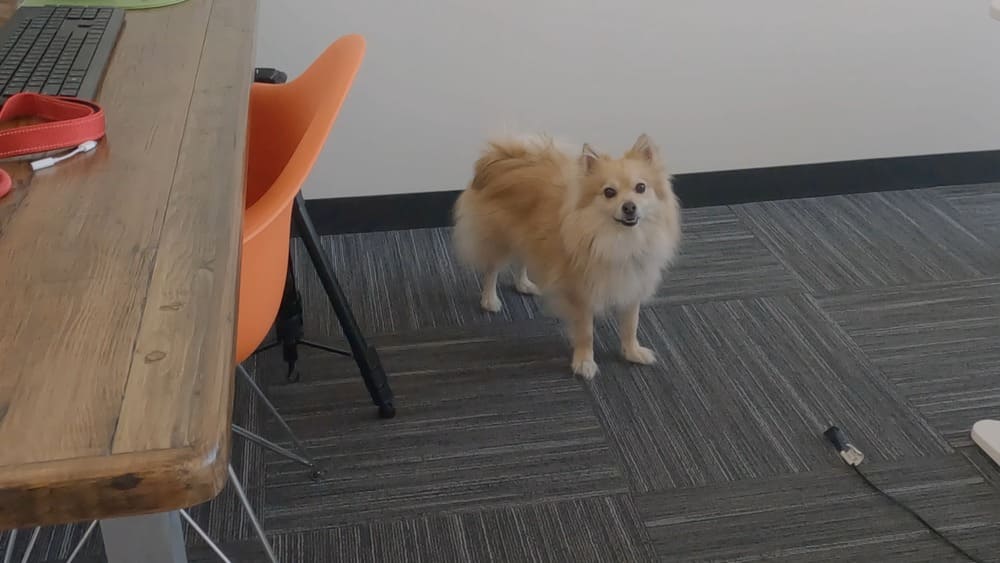
When it comes to Pomeranian separation anxiety, it’s essential to understand that training Pomeranians to be alone isn’t just about filling time. It involves creating routines and safe spaces that help them feel secure when you’re not around. Overcoming Pomeranian separation anxiety enriches their time at home and improves overall well-being.
First, consider the root of separation anxiety symptoms. One effective approach is to make exits and entrances as low-key as possible. Paying too much attention when leaving or coming home can increase anxiety – keep it casual instead.
When it comes to Pomeranian crate training, it’s crucial to create a calm and safe haven. Equip this area with comfortable bedding, engaging toys, and puzzles that stimulate their minds. Remember, it’s not about leaving Pomeranians home in confinement but providing a comforting space.
Toys play a critical role in managing Pomeranian alone time. The best toys for Pomeranians when home alone are those that can occupy their attention for extended periods, such as puzzle toys or chews.
These first steps in addressing Pomeranian separation anxiety set the ground for more advanced training strategies. With consistent work, you can prevent Pomeranian separation anxiety and help your pet feel more secure – whether you’re home or away. Whatever the case may be, remember it’s vital to approach the process with patience and persistence.
Pomeranian separation anxiety symptoms
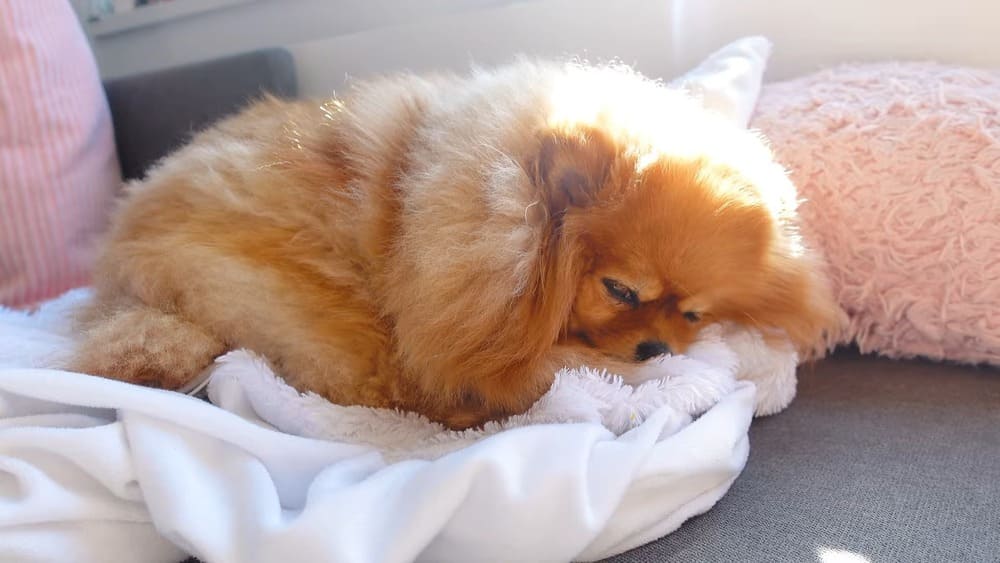
Recognizing the signs of separation anxiety in your Pomeranian isn’t hard if you’re clued into their behavior. Just like people, Poms express stress in different ways and it’s crucial to spot any changes in their demeanor.
Frequent symptoms of separation anxiety stem from fear or worry. They may show dramatic changes in behavior, including destructive actions when left alone. Common signs include excessive barking or howling when they’re left alone and indulging in destructive behavior such as scratching doors or chewing on furniture.
A Pomeranian alone at home might display signs of anxiety like pacing, excessive drooling, or trying to escape. Be on the lookout for hyperactivity or excessive grooming too – it’s another signal your little friend might be uncomfortable with Pomeranian alone time.
It’s also possible that a Pomeranian alone overnight undergoes a change in appetite or displays signs of depression. It’s admittedly tough, but identifying these early symptoms becomes the first step in addressing the daunting challenge of Pomeranian separation anxiety.
The end goal is not just leaving Pomeranians home without anxiety, but also providing the proper tools they need to feel secure while alone. Whether it’s Pomeranian crate training or investing in the best toys for Pomeranians alone, the journey towards allaying their anxiety begins with understanding their symptoms.
Pomeranian alone overnight
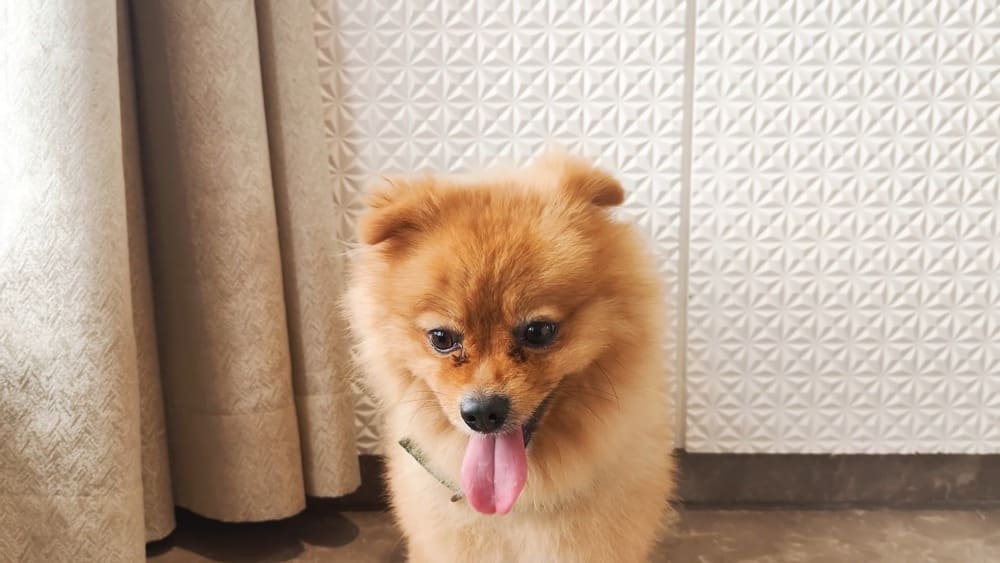
Considering leaving your Pomeranian alone overnight might bring about a bout of anxiety. But you’re not alone in wondering, “How long can Pomeranians be alone”? Despite their small size and cuddly nature, Pomeranians can manage alone time.
It’s crucial, however, to ensure that they’re comfortable with the Pomeranian alone time. This begins by slowly acclimating your pet to short periods of solitude during the day. Gradually extending this time helps them understand that you’ll come back, preventing Pomeranian separation anxiety.
Beyond that, Pomeranians require routine. They thrive when they know what to expect. If you anticipate leaving your Pomeranian home alone overnight, establish a consistent bedtime routine. This eases their worry when the night arrives and you’re not present.
When leaving Pomeranians home alone, especially overnight, keeping them entertained becomes paramount. Best toys for Pomeranians alone are those that stimulate their active minds. Interactive toys keep them busy, reducing the likelihood of negative Pomeranian alone behavior.
Pomeranian crate training can provide an additional sense of security. Dogs, Pomeranians included, view a well-placed and comfortable crate as their safe space. When trained properly, the crate serves as a comforting spot when faced with Pomeranian alone time.
Remember, signs of Pomeranian separation anxiety, like destructive actions or excessive barking may still surface. These symptoms signify that more training or a change in strategy may be necessary. Pomeranians are innately pack animals, and every so often, managing separation takes time and effort.
The Author

Valerie Seow, Lifestyle Blogger
Valerie Seow is a lifestyle blogger in Malaysia, sharing awesome findings and products that makes life sweeter. Get some great recommendations from that will improve your lifestyle!
Co-author

Zoey, Pomeranian
Zoey is a pomeranian dog. A comfort dog that comes to you when you’re sad and cheer things up. She’s charismatic and is natural to be in the spotlight.

